Types of Network Cables
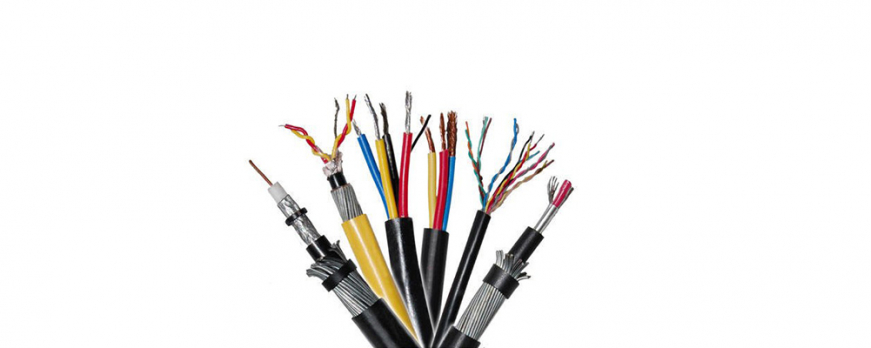
Like a shield used during battle, shielding in cables acts as a barrier that protects the cable from external threats, such as electrical interference (EMI). It also prevents cable signals from interfering with surrounding cables and equipment.
While not all environments demand such a robust cable, shielding is becoming more common. When it first became available, shielded cables were used in areas such as factory floors, areas with high concentrations of electrical equipment, and secure communications applications. Today, shielded cable is prevalent in many types of applications, including government, healthcare and even education.
There are many acronyms used to describe shielded cables, from STP to F/FTP; while many are often used synonymously, nearly all of them have different meanings. This blog provides basic information about each style, as defined by ISO/IEC 11801:200, to clear up the confusion.
| F/UTP (FTP) An overall foil shield (F) with unscreened twisted pairs (UTP). This cable is very much like common UTP cables, with the addition of foil underneath the main cable jacket. Another common name for this cable is FTP. F/UTP cables are common in 10GBaseT applications. | 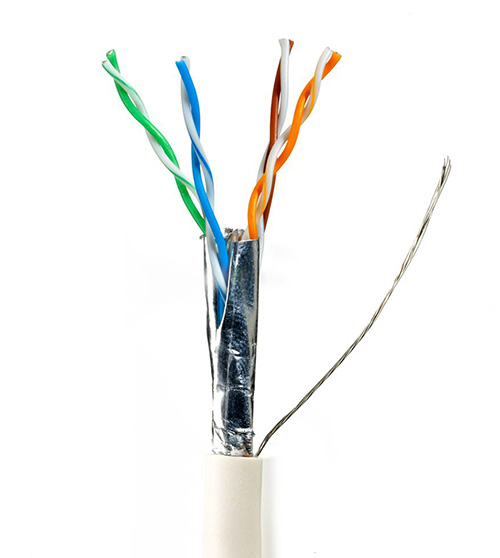 |
| S/UTP An overall braid screen (S) with unscreened twisted pairs (UTP). This is occasionally referred to as an STP cable, but beware: There are other shielded cables among this list that may also claim this term. To be sure, always check to see whether your cable will have any kind of overall barrier, and whether the individual pairs have their own shield. | 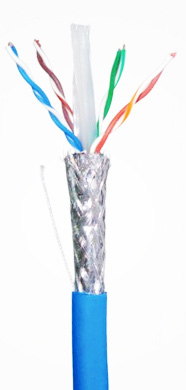 |
| SF/UTP Both an overall braid screen (S) and foil shield (F) with unscreened twisted pairs (UTP). This cable is also occasionally referred to as an STP cable. Cables with an overall braided screen are very effective at protecting EMI from entering or exiting the cable. | 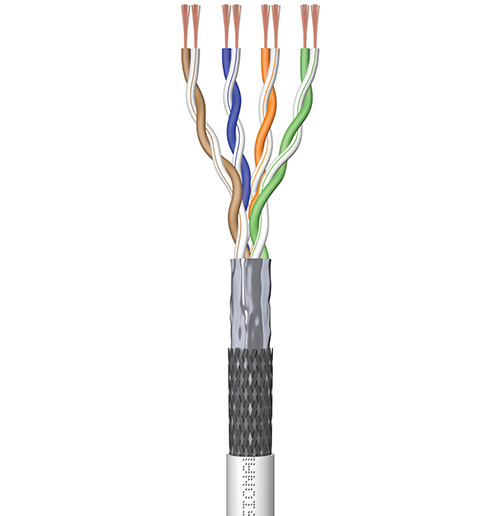 |
| S/FTP An overall braid screen (S) with foil screened twisted pairs (FTP). The “shield” underneath the jacket is a braid, and each individual pair is surrounded by its own foil barrier. The purpose of the additional foil on individual pairs is to limit the amount of crosstalk between them. |  |
| F/FTP An overall foil shield (F) with foil screened twisted pairs (FTP). Similar to F/UTP cables, these shielded cables are commonly used in 10GBaseT applications. | 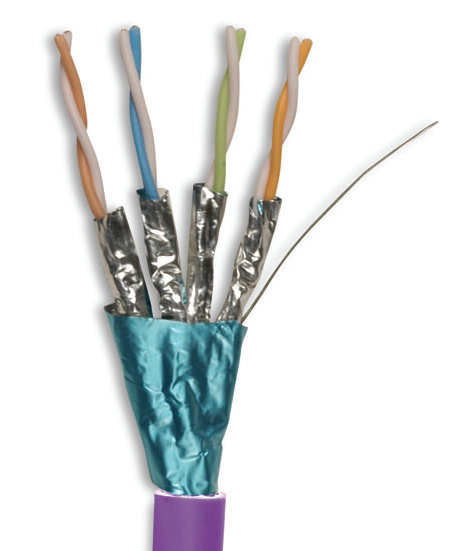 |
| U/FTP No overall shielding or braid (U) with foil screened twisted pairs (FTP). This type of shielded cable is commonly used in 10GBaseT applications as well. | 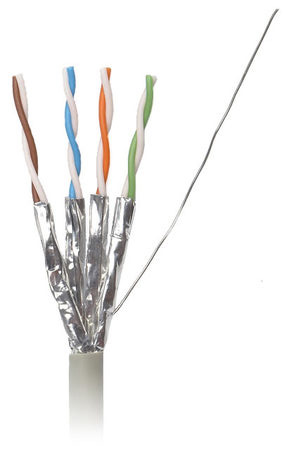 |
| U/UTP Notice anything wrong here? You caught us! This cable is not shielded at all, and is the common unshielded cable most often referred to as UTP cable. |  |
